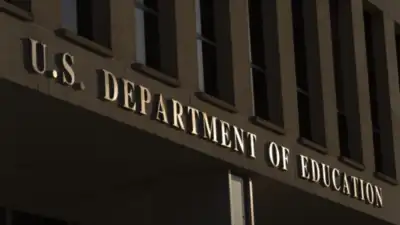What forced the US Education Department to reopen civil rights offices after months of shutdown?

After months of controversy and legal battles, the US Department of Education will reinstate more than 260 employees to its Office for Civil Rights (OCR), reversing a sweeping staff reduction that had left key civil rights enforcement functions on hold.The decision comes after a federal judge ordered the department to restore OCR operations, citing the harm caused to students who depend on these offices to resolve discrimination complaints. But what triggered this reversal after months of shutdown and $1 million-a-week in paid leave costs?
The backstory: March layoffs and office closures
In March 2025, the Education Department implemented a reduction in force (RIF) that impacted 1,300 employees across the agency. As part of these cuts, seven of OCR’s 12 regional offices were shut down, significantly reducing the department’s ability to enforce federal civil rights laws, including Title IX protections against gender discrimination and access for students with disabilities.The laid-off OCR staff were not working but remained on administrative leave, costing the department an estimated $1 million per week in salaries—a fact that sparked public criticism and political scrutiny, as reported by K-12 Dive.
The legal push: Why the court stepped In
The turning point came with the case Victim Rights Law Center v. U.S. Department of Education, filed in April 2025 by two students who claimed they had suffered severe harassment and discrimination in school. They argued that OCR’s closure blocked their access to justice, preventing them from attending school safely.Judge Myong Joun agreed, ordering the department on June 18 to return OCR to “the status quo” so it could carry out its statutory functions. The department’s Aug. 19 court filing confirmed that OCR staff will return in phases every two weeks between Sept. 8 and Nov. 3.
Why this matters for students
OCR plays a critical role in investigating complaints of discrimination based on race, gender, disability, and other factors. Its downsizing sparked warnings from civil rights advocates and education policy experts that students’ equal access to education was at risk. Delayed investigations meant some students faced ongoing harm without federal intervention.
What’s next?
- Employees will resume work in phases starting Sept. 8.
- OCR is expected to clear a backlog of discrimination cases accumulated during the shutdown.
- The broader legal fight over federal layoffs continues, with the Supreme Court allowing some departmental cuts while leaving OCR protections in place for now.
The big question
The reinstatement highlights a critical issue: Can cost-cutting justify dismantling agencies that protect student rights? For now, the courts have made it clear—when it comes to safeguarding education equality, civil rights enforcement is not optional.(With inputs from K-12 Dive)





